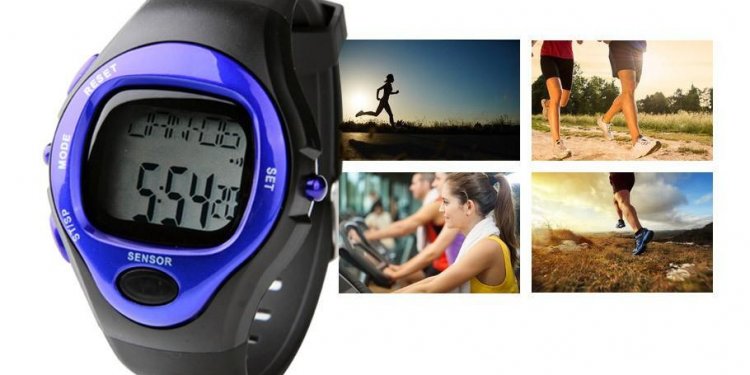
Best Polar Watch for calories counting
 Sweat stings my eyes when I pound my way-up another step. My butt is really dragging; it feels like my footwear tend to be sandbags. How long have actually we been hurling myself up-and-down these bleachers? We glance at the two watches to my remaining wrist. Six moments have gone by. That can’t possibly be right. We check out the watch on my correct wrist. Really. Six moments. We check my iPhone. Six minutes. Time features slowed to a crawl and, relating to many of these devices, so have I. My heart rate is only 165 beats each and every minute. I adjust among the three screens strapped to my chest and grab the speed.
Sweat stings my eyes when I pound my way-up another step. My butt is really dragging; it feels like my footwear tend to be sandbags. How long have actually we been hurling myself up-and-down these bleachers? We glance at the two watches to my remaining wrist. Six moments have gone by. That can’t possibly be right. We check out the watch on my correct wrist. Really. Six moments. We check my iPhone. Six minutes. Time features slowed to a crawl and, relating to many of these devices, so have I. My heart rate is only 165 beats each and every minute. I adjust among the three screens strapped to my chest and grab the speed.
This grueling 15-minute bleacher run may be the final leg of a training circuit I’ve devised to test seven wearable workout tracks. I want to get a better idea of the way they track calories. The devices range between easy fitness trackers (FitBit Ultra, Nike+ FuelBand, BodyMedia connect) to GPS watches (Motorola MotoACTV, Garmin Forerunner 910XT, Polar RCX3) that communicate without any cables with detectors pasted all over my own body. I’m in addition testing MapMyFitness on an iPhone 4s associated with a Wahoo Bluetooth heartrate monitor.
A few of these devices promise to acquire fit by tracking exactly how much you move and exactly how numerous calories you expend during an array of activities. Encouraging chair potatoes and offering each day professional athletes with information will likely to be an increasingly lucrative company as alleged “wearable” computing products like physical fitness trackers take off. Businesses like Nike, Adidas and Motorola are required to deliver 90 million wearables by 2017, relating to ABI analysis.
![]() Yet as anyone who’s ever before made use of a pedometer, treadmill machine or heartrate monitor knows, reliability is relative in terms of counting calories. This is especially true of wearables, as they gadgets are known. Every device takes a unique approach to calculating the mechanics of moving yourself a specific distance at a certain speed. For-instance, physical fitness trackers feed step matters and even sweat price into their equations, while GPS watches slim greatly on heartrate.
Yet as anyone who’s ever before made use of a pedometer, treadmill machine or heartrate monitor knows, reliability is relative in terms of counting calories. This is especially true of wearables, as they gadgets are known. Every device takes a unique approach to calculating the mechanics of moving yourself a specific distance at a certain speed. For-instance, physical fitness trackers feed step matters and even sweat price into their equations, while GPS watches slim greatly on heartrate.
To determine a level playing industry in benchmarking these gadgets, i must do each test with every device strapped to my body. I’m using three heart monitor upper body straps back at my torso, a temperature sensor on my supply, three GPS receivers to my arms and four motion detectors back at my arms and legs. We appear to be i simply escaped from a lab.
Prior to hitting the bleachers I went 5 kilometers. This implemented the 50-minute plyometric work out and 2-mile walk I did the earlier time. We endured the same routine 3 x in 2 months. For each task, the fat counts reported by these exercise monitors had been all around the map. That’s is anticipated, says Dan Heil, a workout physiology professor at Montana State University.
“Everyone assumes whenever a computer device offers a calorie count that it’s accurate, and therein lies the chance, ” he says. Because the watch on the wrist claims you burned 1, 000 calories, it really isn’t always real. “There’s an enormous margin of mistake and also the real fat burn lies somewhere within 600 and 1, 500 calories.”

















